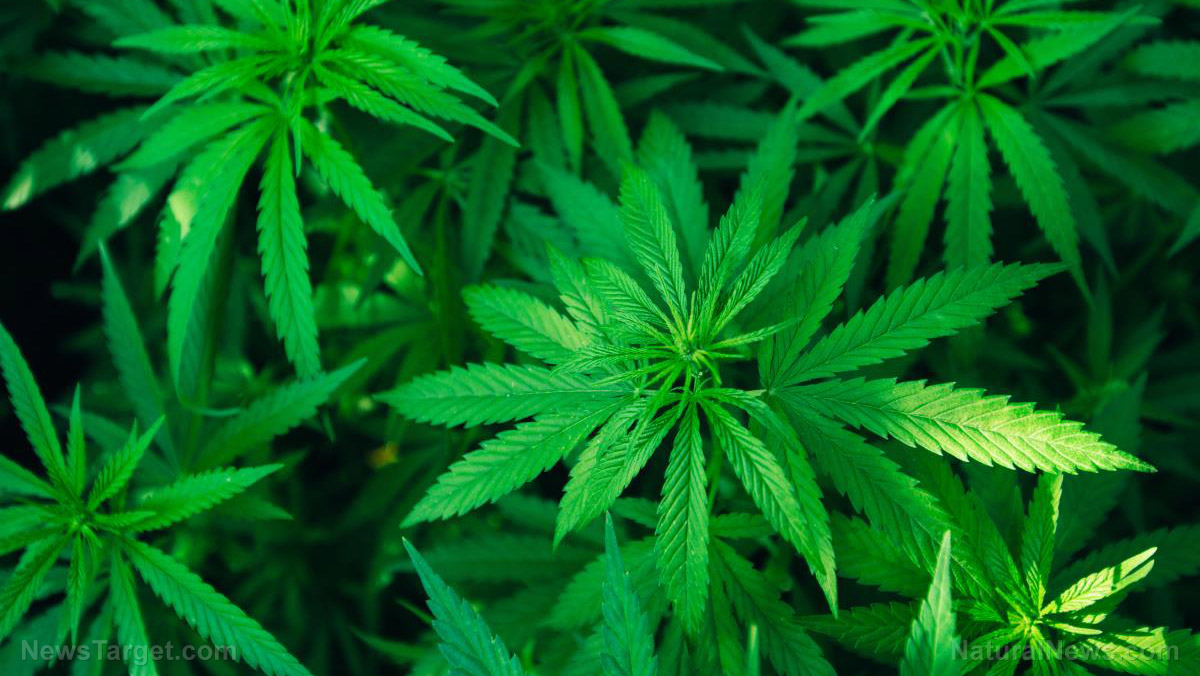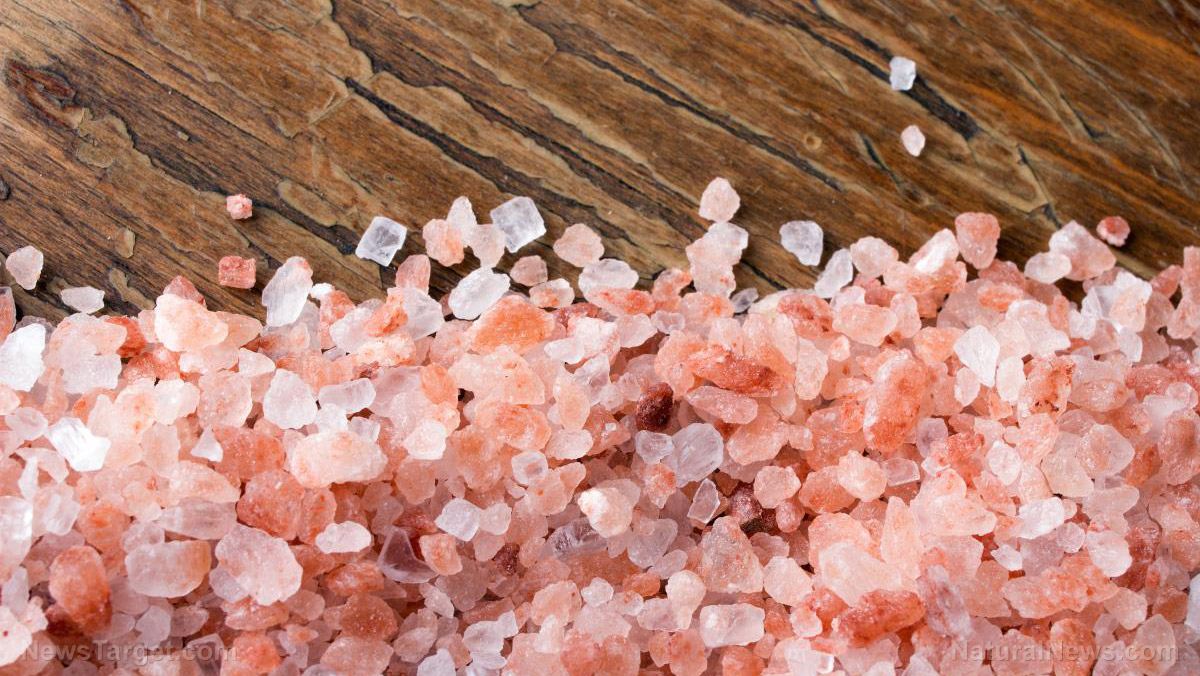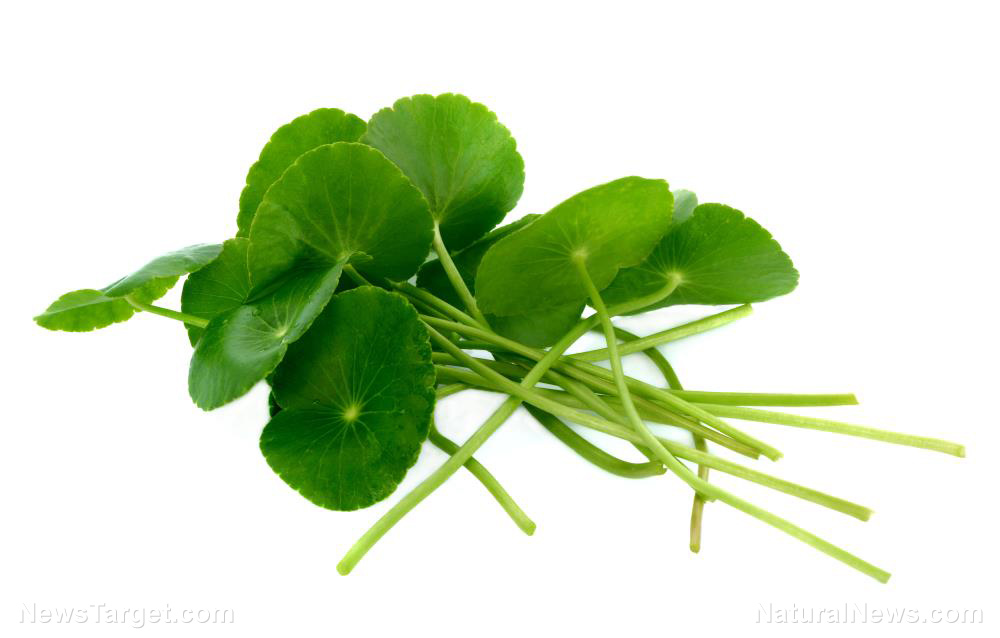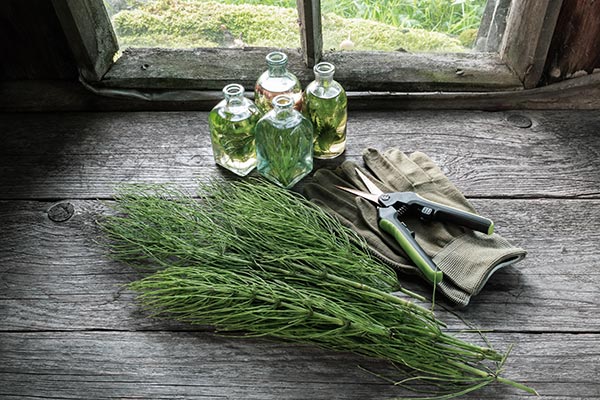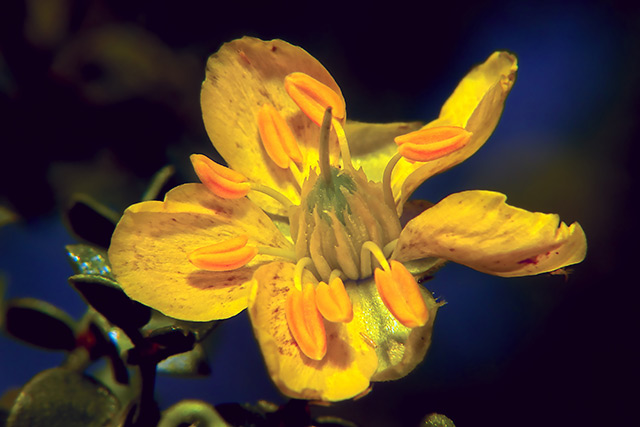Medicinal herbs effectively treat thousands of covid-19 patients in Chinese hospitals
05/13/2021 / By Lance D Johnson
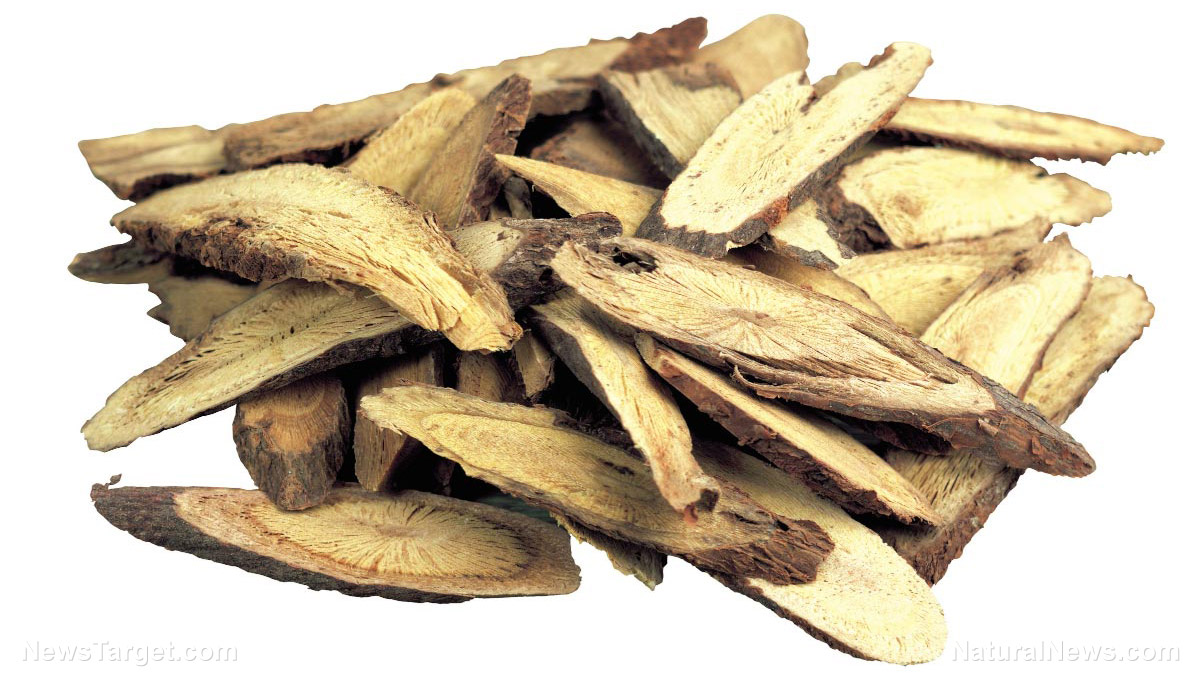
The cures for SARS-CoV-2 have already been designed by God, prepared through evolutionary processes and synthesized by nature. More than 85 percent of covid-19 patients in China are successfully treated using medicinal plants that have been studied extensively in the field of Traditional Chinese Medicine (TCM).
During the 2003 SARS epidemic, The National Health Commission of the People’s Republic of China studied hundreds of medicinal herbs and their principal constituents. These traditional medicines were also utilized in the covid-19 treatment guidelines for treating hospitalized patients.
On February 17, Chinese health officials reported that all 60,107 cases of covid-19 were successfully treated with TCM. The nation was exclusively using TCM to treat a vast majority of covid cases at that time. Traditional Chinese Medicine utilizes thousands of synthesized molecular compounds that are extracted from various herbs, roots, barks, seeds, berries, flowers and other plant components. Many of these phytochemicals convey an anti-inflammatory effect on human cells, allowing the innate immune system to accurately surveil pathogens and effectively respond to those pathogens.
More than 16,500 plant compounds were studied to develop an effective treatment protocol for covid-19
Chinese scientists put 16,500 plant compounds to the test, measuring their individual and synergistic inhibitory effects against three viral proteins, 3-chymotypsin protease, papain-like protease, and RNA-dependent RNA polymerase. The plant compounds displayed vast antiviral and immune-modulating effects against these viral proteins and enzymes. Some herbs are capable of modulating the cytokine storm, observed in severe covid cases.
The medical researchers conducted a pharmacology analysis on thousands of compounds isolated from each medicinal plant, and they discovered synergistic effects for a combination of these phytochemicals. The plants with the most effective combination of anti-inflammatory, anti-viral, immune-modulating phytochemicals were identified and studied for their therapeutic role in blocking viral attachment and mitigating the replication of SARS-CoV-2.
The plant-based compounds were studied in four critical areas:
1. For impeding virus-cell receptor binding or suppression of virus self-assembly
2. For stimulation of the host’s immunity through production of virulence factors
3. For blocking virus entry into host cells through action on the host’s enzymes or cellular entry receptor
4. For prevention of SARS-CoV-2 RNA synthesis and replication, through action on vital proteins and enzymes
The study put great focus on the plants that help mitigate hyper-inflammatory responses during covid-19 infection. Covid-19 patients at greatest risk produce an uncontrolled number of cytokines, causing a “cytokine storm” of complications. The cytokine storm is the deadly, uncontrolled systemic inflammatory response. The medicinal plants with the most anti-inflammatory properties mitigate the cytokine storm and therefore save lives.
Top plants and phytochemicals for treatment of covid-19
The top three most effective plants for treating covid-19 included licorice root, (Glycyrrhiza glabra) chicory root, (Cichorium intybus) and hibiscus flowers (Hibiscus sabdariffa). Licorice root has history of effectiveness against multiple viruses. In randomized, controlled trials, licorice root also demonstrated both a reduction of mortality for covid-19 patients and broad spectrum anti-viral activity against various causative agents.
The individual compounds with the greatest anti-inflammatory enrichment included quercetin, ursolic acid, kaempferol, isorhamnetin, luteolin, glycerrhizin, and apigenin.
Other powerful antiviral plants include olive leaf (Olea europaea), white horehound (Marrubium vulgare), black cumin seed (Nigella sativa), garden cress (Lepidium sativum), Judean wormwood (Artemisia Judaica), guava (Psidium guajava), chrysanthemum ( Glebionis coronaria), and Maryam’s flower (Anastatica). These plants contain all the correct compounds that target all three antiviral targets.
Plants that had action against two of the viral enzymes included: hairy willow herb (Epilobium hirsutum), chickpea (Cicer arietinum), and Kantarioun (Centaurea incana). Plants that had action against two of the viral proteins included: roselle (Hibiscus sabdariffa), German chamomile (Matricaria chamomilla), celery (Apium graveolens), and alfalfa (Medicago sativa).
For more wisdom on treating infections, visit Herbs.News.
Sources include:
Submit a correction >>
Tagged Under:
alternative medicine, anti-inflammatory, anti-viral, black cumin seed, censored, chicory root, coronavirus, Cover-Up, covid cures, Cures, cytokine storm, Herbs, hibiscus, horehound, licorice root, natural medicine, Olive Leaf, phytochemicals, plague, quercetin, remedies, traditional Chinese medicine, viral attachment, viral replication, Wormwood
This article may contain statements that reflect the opinion of the author
RECENT NEWS & ARTICLES
COPYRIGHT © 2017 NATUROPATHY NEWS






